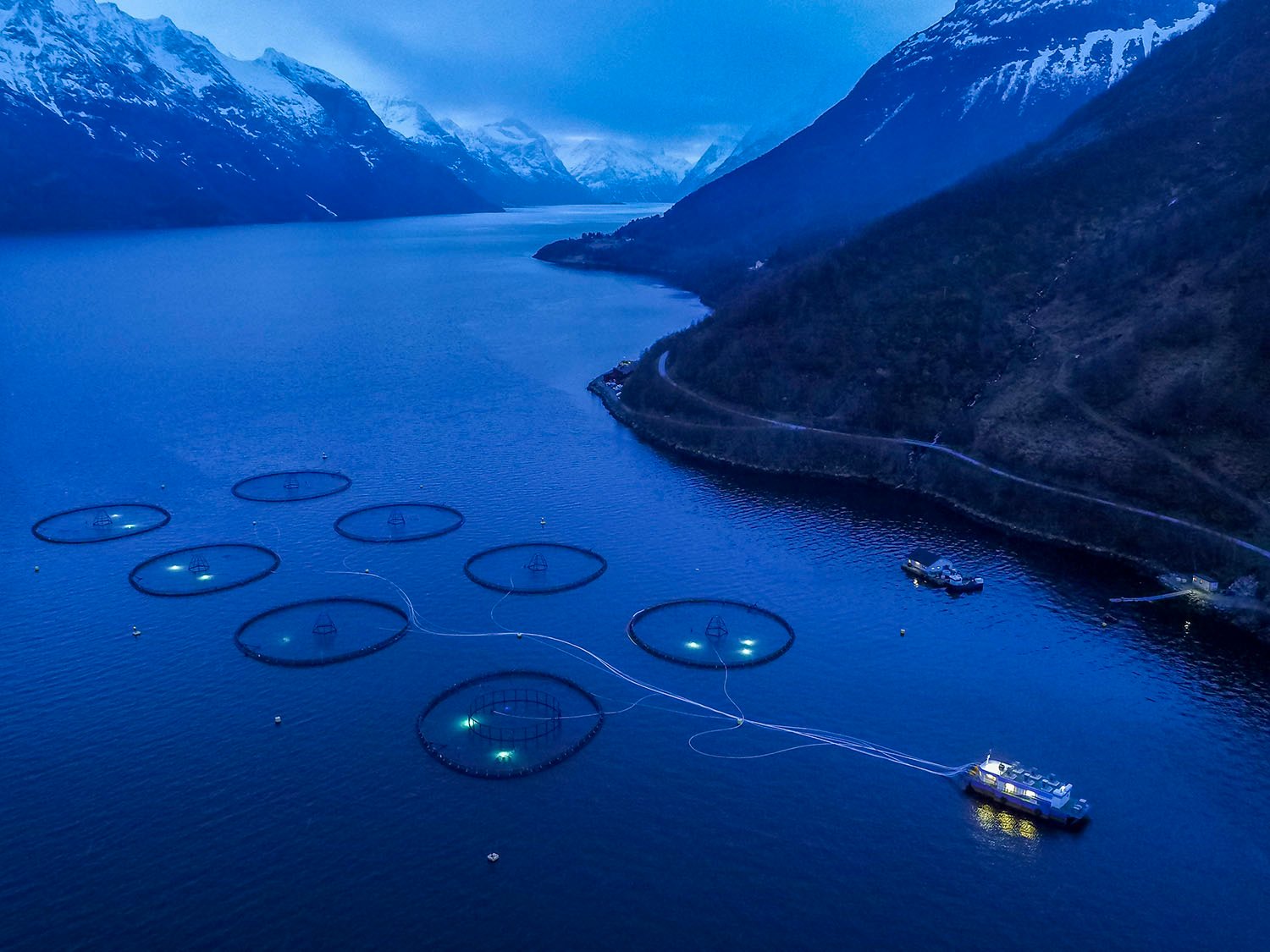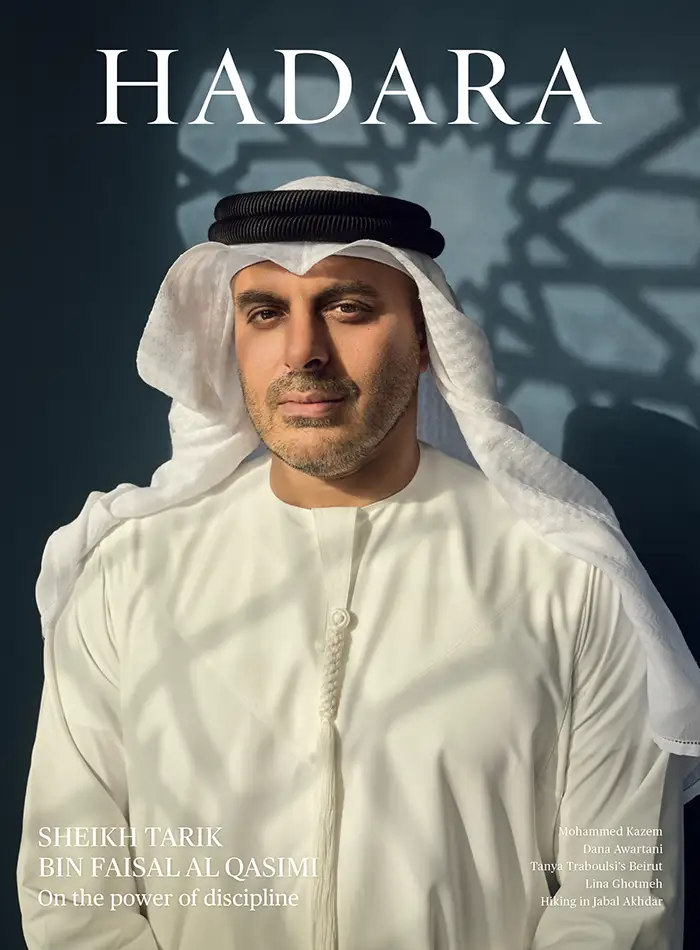Eye in the sky
American aerial photographer George Steinmetz reveals the planet from an unusual perspective—and challenges the way we view our own places on it.
By Warren Singh-Bartlett
ALL PHOTOGRAPHS COURTESY OF GEORGE STEINMETZ
In 2013, American photographer George Steinmetz accepted a commission from National Geographic to investigate ways to meet humanity’s future food demands without exhausting the planet. Little did he know then that the assignment would launch him on an obsessive 10-year odyssey that would take him to 36 countries, six continents, 27 US states and five oceans in search of photographs that capture the unsettling origins of our food.
Early on, he flew over a vast feedlot in Kansas, taking photographs from his motorised paraglider. When he landed, he was detained for criminal trespass. The arrest only spurred his interest in the story. “I was really surprised that I was thrown in jail. They had no legal basis to arrest me. They had to drop their charges [but] there was something they didn’t want me to see,” he says. “I realised, especially with animal operations, I wanted to look more closely.”
This February, at the Xposure International Photography Festival in Sharjah, Steinmetz exhibited a selection of arresting photographs showing the often-unseen processes by which food is produced around the world—including one taken inside a camel dairy in the UAE. Shot predominantly from the air, his images convey the staggering size of industrial farms in Brazil, China and the US, contrasting their largely mechanised systems of production with more traditional forms of agriculture still practiced in many areas of Africa and Asia.
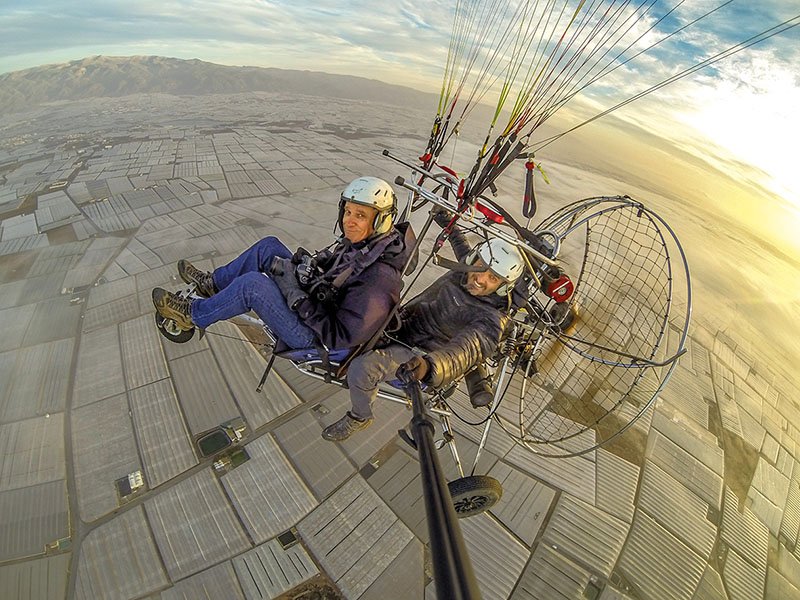
Header: Atlantic salmon pens dot the cold waters of Norway’s Hjørundfjord. Some 200,000 fish swim in each high-tech pen. In contrast, wild Atlantic salmon stocks have plummeted and are now critically endangered. Above: George Steinmetz taking photos on assignment for Le Figaro over the “mar de plastico,” the world’s largest conglomeration of greenhouses near Almería, southern Spain. The greenhouses are the biggest single source of fresh vegetables in winter for the European market. Photo was taken at sunrise in a paraglider trike piloted by César Maldonado. Photo: César Maldonado courtesy of George Steinmetz.
Over the past decade, Steinmetz’s ambitious project has taken him from Lanzarote, an island off the coast of West Africa, where small clusters of grapevines nestle in craters dug out of black volcanic ash, like weeds on the surface of an alien planet; to Somalia, where each year before the Hajj hundreds of thousands of sacrificial goats are loaded onto boats bound for Saudi Arabia; to the shipping ports of Mauritania, where thousands of painted wooden longboats are moored in hypnotic geometric patterns, like strange angular flowers blooming on the surface of the sea.
His new book, Feed the Planet: A Photographic Journey to the World’s Food, reveals the baffling scale and complexity of 21st century agriculture, which today covers roughly half of the world’s habitable land, uses almost 70% of its fresh water and accounts for nearly a third of its energy use.
Despite the beauty of its images, the book is an uncomfortable read, raising thorny ethical questions with no easy answers. “In the industrialised world, generally less than 2% of the population is involved in food production,” Steinmetz says. “So most people are quite disconnected from where their food comes from.” Compare that to the 60% of Indian households dependant on agriculture for their primary income and the 90% of Ethiopia’s population involved in agriculture, with some labourers paid as little as $2 per day, and the inequalities between those who produce the majority of the world’s food and those who consume it become uncomfortably clear.
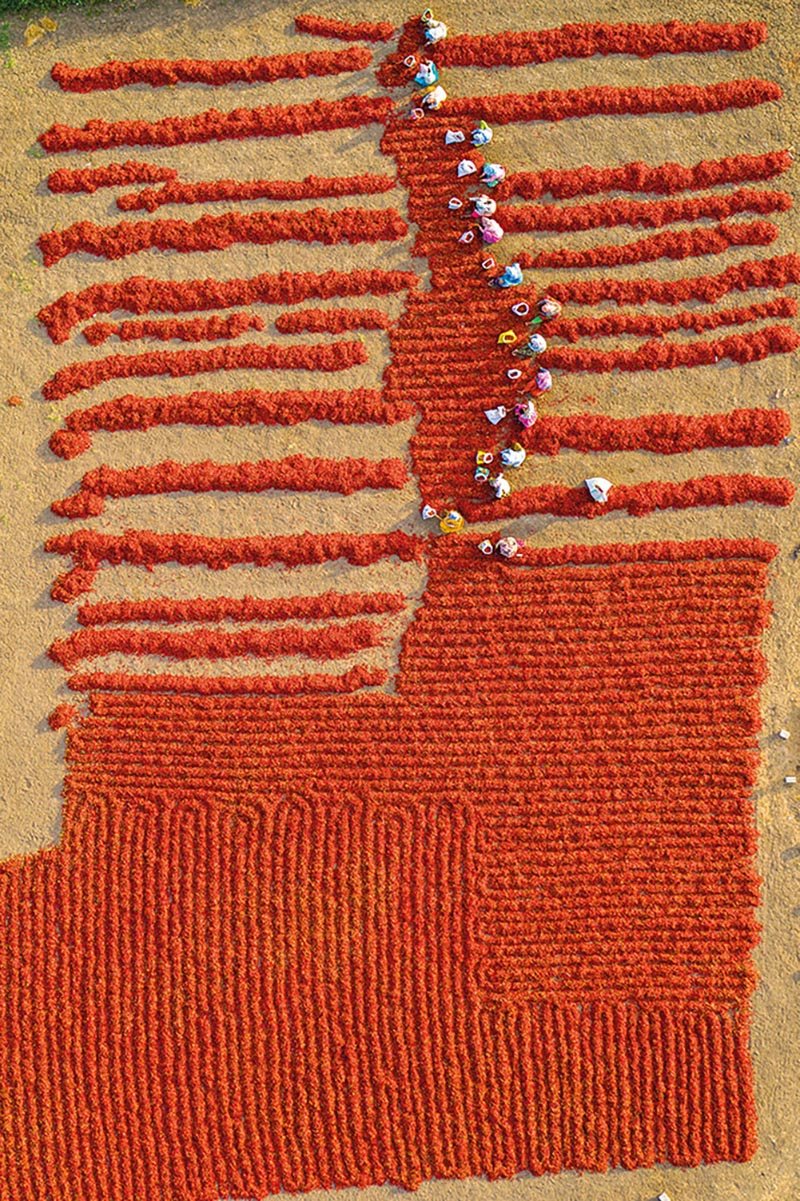
Sorting sun-dried red chillies on a small family farm near Guntur, Andhra Pradesh, India. This farmer has 30 acres of land, all planted in red chillies. Day labourers are hired to pick the chillies for 300 rupees (approx. AED 13) a day.
As the global population expands and the demand for high-protein foods like meat, fish and dairy grows in developing countries, food production will need to increase by an estimated 60% to 70% by 2050 to keep the world fed, Steinmetz warns. “There’s been tremendous advances in agronomy and in plant and animal genetics and techniques, but there’s a statistic I saw that says if the developing world adopts the same lifestyle that we have in the US, we’re going to need four and a half Earths.”
Some of the more uplifting photos in the book capture traditional food-growing practices that have survived the industrialisation of agriculture, from a 16th century village in Poland where narrow strips of farmland extend from the back of each house like green and yellow ribbons, to a community garden in France laid out like spokes on a wheel.
Born in 1957, Steinmetz has been telling groundbreaking stories through aerial photography for four decades. His love affair with photography began when he dropped out of his geophysics course at Stanford University and spent two years hitchhiking around Africa with little but a camera.
When he returned to the US, determined to carve out a career in photography, he had to start small. His first paid assignment was to photograph a psychic stockbroker for a local magazine. “They gave me 100 bucks and $15 for film was my budget, so I had one roll of film to do it,” he recalls.
But his stint working in local news taught him useful technical skills. “In Africa, I learned how to see and how to find pictures, but to make a living as a photojournalist I had to learn how to make pictures,” he says. “For most publications it’s word driven, and they want pictures that illustrate the text…It was more interesting for me to go and work on projects where the pictures told the story.”
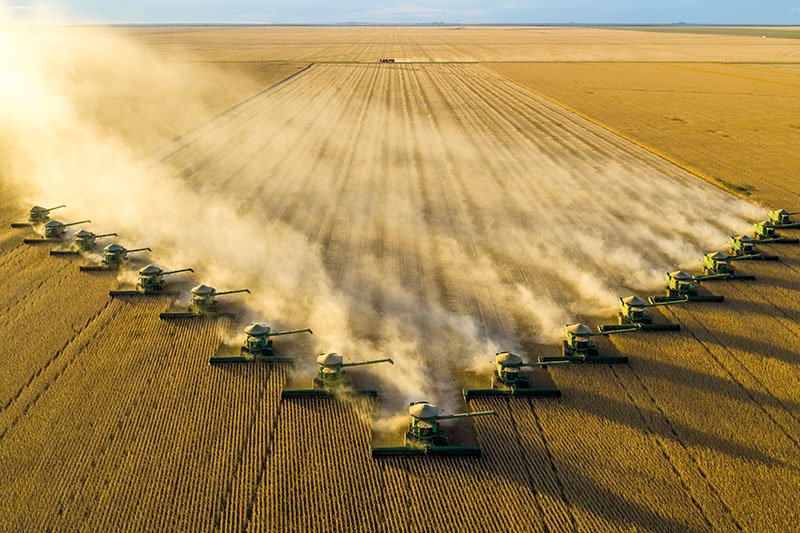
Combines gather for the soybean harvest on Fazenda Piratini, a 25,000-hectare farm owned by SLC Agricola. Brazil is the world’s largest exporter of soybeans, most of it grown on large-scale farms like this.
In 1987, he got his first commission for National Geographic. Since then, he has completed more than 20 major essays for the magazine, including three covers, and worked for major news outlets including the New York Times, GEO and Time.
Drawn to extremes, he has produced five books to date, including Desert Air, a 15-year exploration of the world’s harshest deserts, and New York Air, a collection of aerial images that offer new perspectives on one of the world’s most photographed cites. The Human Planet: Earth at the Dawn of the Anthropocene chronicles the imprints left by humanity across all seven continents, from the physical footprints of our cities, farms, mines and power stations, to the changing climate.
“I like showing people stuff they haven’t seen before, and I’ve done that since [the] early days,” he says. In 1998, while working in the Sahara, he started flying a motorised paraglider, which allowed him to capture photographs that no one thought possible. “I’m not like some adventure dude,” he insists. “I got into paragliding because it was the only way to take aerial photos in the environments I wanted to work in, and it let me see the world in a new way.”
The contraption, which he likens to a “flying lawn chair,” re- quired him to let go of the steering every time he took a photograph. Steinmetz flew it for 17 years, despite crashing several times. “I flew in Iran after [the] revolution. I flew in Libya during the time of Gaddafi,” he says. “Because I don’t use an airfield, I can take off and land almost anywhere. You stay away from policemen and you can get a lot of pictures no one’s ever seen before.”


Top: Fishing boats offload their catch on the beach of Nouakchott. Mauritania has one of the most productive fisheries inWest Africa, but it is slowly migrating north due to changing sea temperatures and increased fishing pressure. Above: Harvesting muscatel grapes on the slopes of Montaña Diama in Lanzarote, Spain. Finca La Geria has been owned by the Hernández family for at least five generations. Vines are grown in craters some 30 feet wide and up to 15 feet deep.
Since 2015, he has ditched the paraglider in favour of drones, which allow him to capture sights that would have been impossible to photograph 10 years ago, from fleets of fishing boats combing increasingly depleted oceans, to water-filled rice terraces that sprawl “like a broken mirror” over 1,000 vertical metres of mountainside in China. “That technology opened up a whole new way of seeing,” he says. “I see new possibilities to tell stories that haven’t been told before.”
At 67, he says he is “not done yet.” He has already begun work on his next long-term project, the subject of which remains a secret. Whether it takes a year or a decade, it is likely to reveal the world in a new way—and perhaps change the way we view our own places within it. Steinmetz insists that his role as a journalist is not to offer advice or opinions, simply to document the truth. But he admits that his decade of work on food production has changed the way he approaches shopping for his own food.
His solution? Buy local and eat more fruits and vegetables. “From my personal perspective, one of the goals should be to try to minimise the human footprint on the planet so that we can preserve what little wild space and wild animals we have left,” he says. “If you consume foods that are more resource intensive, then you’re putting a heavier load on our wild systems. So that’s one of my personal takeaways: that we need to eat a little bit lower on the food chain to be sustainable. We all vote with a fork three times a day, and the cumulative impact is huge.”


